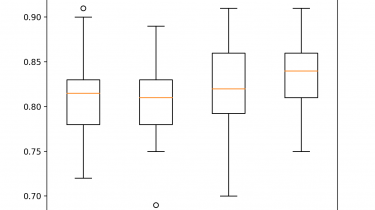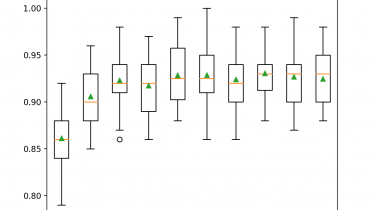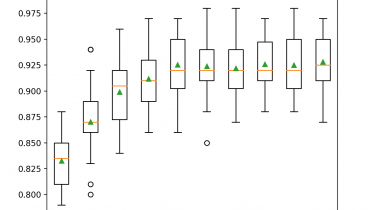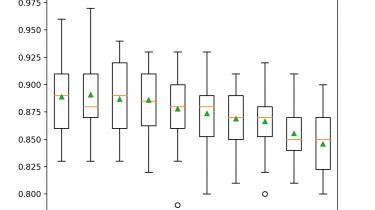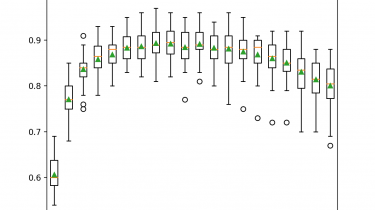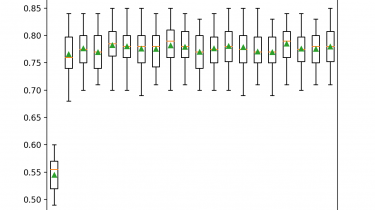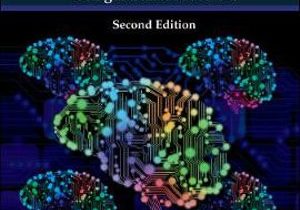How to Develop a Feature Selection Subspace Ensemble in Python
Random subspace ensembles consist of the same model fit on different randomly selected groups of input features (columns) in the training dataset. There are many ways to choose groups of features in the training dataset, and feature selection is a popular class of data preparation techniques designed specifically for this purpose. The features selected by different configurations of the same feature selection method and different feature selection methods entirely can be used as the basis for ensemble learning. In this […]
Read more